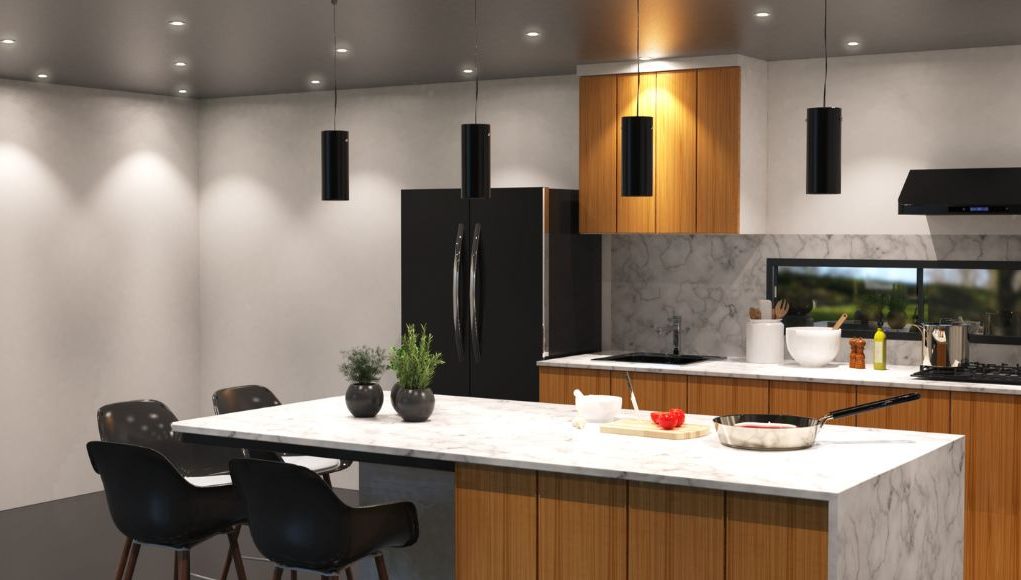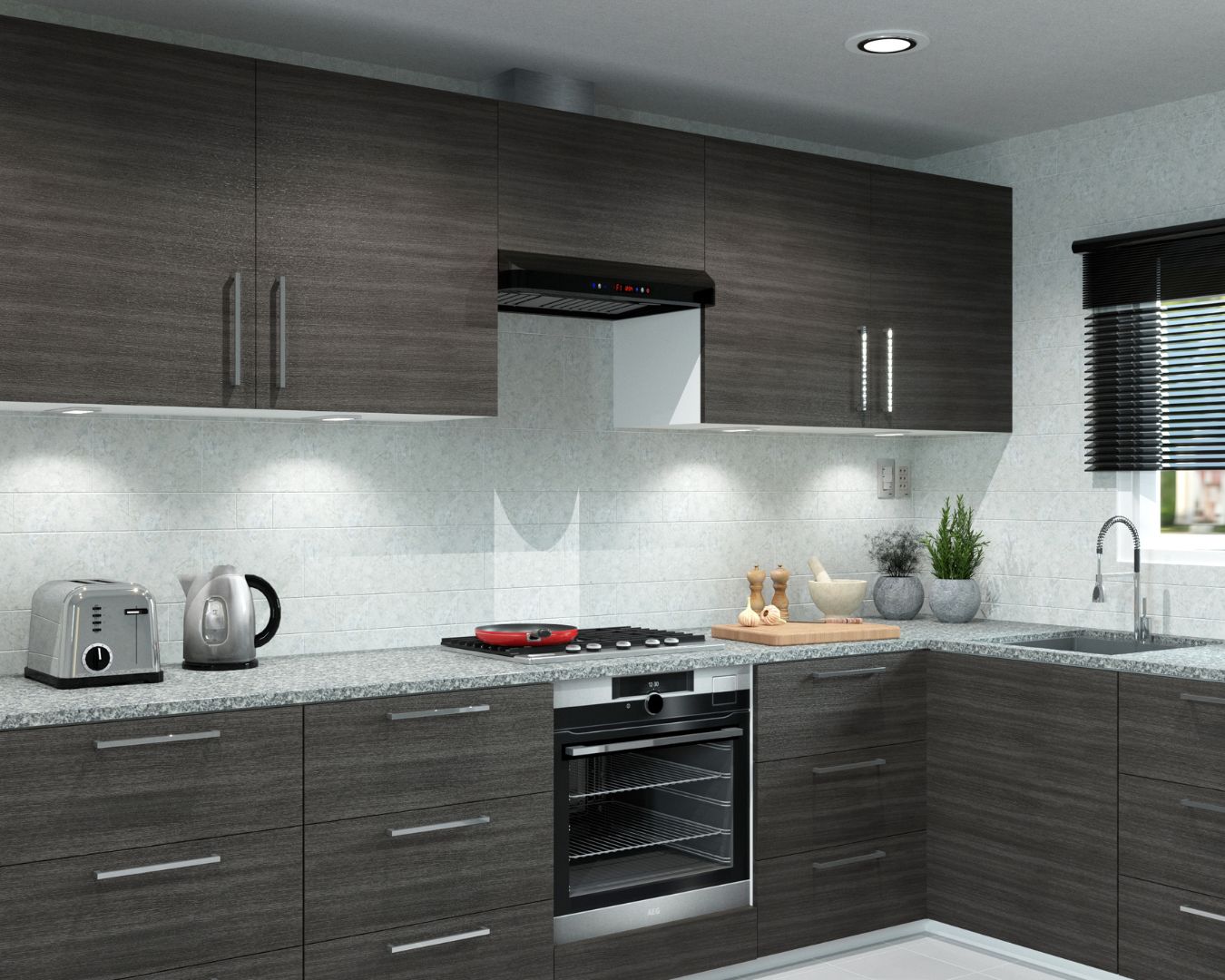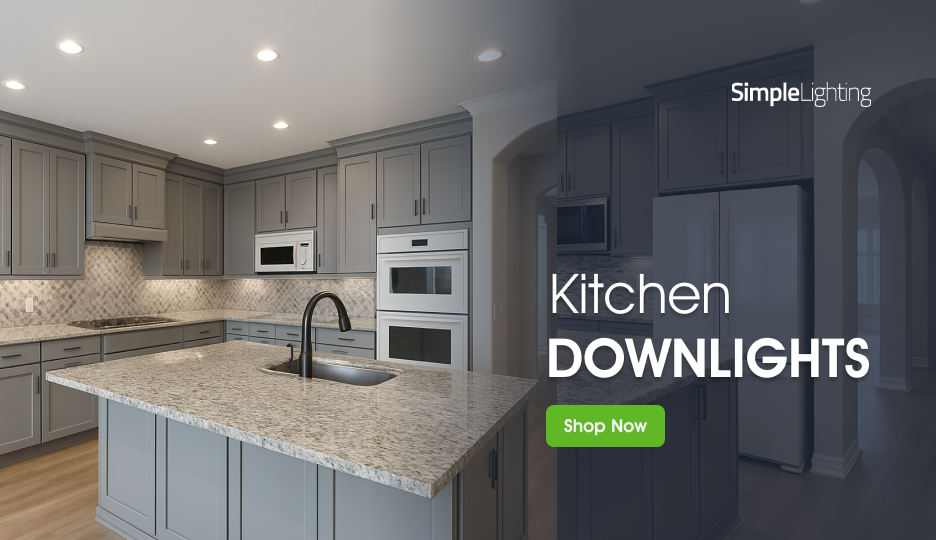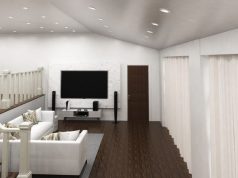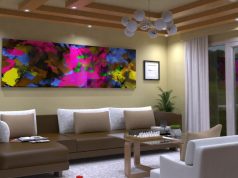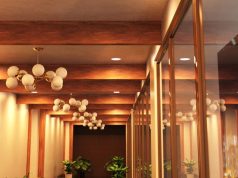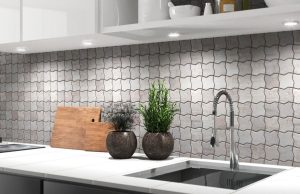In the hustle and bustle of daily life, for many homes, the kitchen becomes a central hub where the whole family starts and culminates their day, prepares for school and work, and discusses important things.
That’s why keeping the kitchen a comfortable place to be in is one of the most important decisions you’ll ever make. And most of the time? You don’t have to do a complete renovation to achieve that. You just need to upgrade your lighting.
That’s right. The right ceiling lighting can transform your kitchen from flat and shadowy to bright, welcoming, and layered with depth. However, we understand that it’s easy to feel overwhelmed, especially with the numerous options available nowadays.
Should you go for recessed downlights, pendant lights, or track lighting? Which finishes will complement your walls and cabinets? How do you ensure that there are no dark corners, unwanted shadows, or glare?
Do you know what makes a good kitchen lighting? When your lights strike a balance between beauty and utility. In this guide, we’ll walk you through some kitchen ceiling lighting ideas that are both functional and stylish.
So, sit back and grab a cuppa because things are about to get interesting.
What Kitchen Tasks Need Good Lighting?
A well-lit kitchen isn’t just about brightness. No, it’s about purpose. You want a bright kitchen, yes. But different activities happen in different “zones” of the kitchen, and each requires its own type of lighting:
Food preparation – The problem with having only one overhead light is that you risk casting shadows over your worktop. Unwanted shadows mean limited visibility. And limited visibility in the kitchen, where you have knives and hot pans, is not a good thing. Chopping vegetables, reading recipes, or measuring ingredients all need bright, focused lighting.
Cooking – The hob, oven, and sink need even stronger illumination. Steam and heat can make visibility challenging, so reliable task lighting is crucial in this environment.
Cleaning – Wiping down surfaces or scrubbing pots is much easier when you can clearly see dirt or streaks. Bright overhead lights ensure no corners are missed.
Dining and Entertaining – Kitchens often double up as dining rooms or social hubs. That’s why you also want light that is softer and more relaxing, creating a welcoming ambience.
Once you understand the needs of these zones, it becomes clear that one single ceiling light won’t be enough. You’ll need layers of lighting to ensure that the kitchen functions optimally.
That’s why layering your lights is important. And a solid foundation for this? A good ceiling light.
Types of Ceiling Lights for Kitchens
Different types of ceiling lights have different strengths and therefore serve different purposes. Here are the most effective options for today’s kitchens:
LED Downlights and Spotlights for Worktops and Sinks
Recessed LED downlights are among the most popular choices for kitchens, and for good reason:
1. Precision lighting — You need worktops to be visible. These lights provide bright, direct illumination over counters, sinks, and hobs.
2. Discreet design — Their flush finish blends seamlessly with the ceiling, suiting modern, minimalist, or small kitchens.
3. Flexibility — Adjustable downlights let you direct beams exactly where you need them, reducing shadows.
PRO TIP: When installing downlights, avoid placing them directly behind you. Doing so will cast shadows over your work surface. Instead, position them slightly in front of worktops for maximum efficiency.
To meet the UK safety standards, it’s also recommended that you use fire-rated LED downlights.
You may also want to consider dimmable versions for added brightness control.
Pendant Lights over Islands / Dining Areas
Kitchen islands and dining spaces are natural focal points. These are the areas where people socialise the most in the kitchen. Pendant lights make them shine:
- Statement style — Pendants double as a design feature, drawing the eye and adding a touch of personality to your kitchen.
- Task meets mood — Offer useful task lighting for chopping or plating food, and they can also be dimmed for a softer ambience during meals. Function and style in one.
- Flexible aesthetics — From sleek glass shades to industrial cages, pendant lights come in a variety of looks to suit any kitchen style.
A good height for hanging pendant lights is about 30 to 36 inches between the counter surface and the pendant’s lowest point.
Strip or Under-cupboard Ambient Lighting
Okay, okay, these are not ceiling-mounted lights per se, but LED strip lights and under-cupboard lighting are worth mentioning since they do complement ceiling lighting beautifully.
Soft glow – LED strips provide subtle background lighting, preventing the kitchen from feeling harsh, especially at night.
Task boost – Both can help illuminate worktops, eliminating shadows cast by overhead cabinets for better food prep visibility.
Flexible placement – Use strips along ceiling coving, under shelves, or even inside cabinets for a layered effect.
The strips are especially popular in modern kitchens where sleek, linear designs take centre stage.
Zoning Your Lighting Layout
One of the biggest lighting mistakes is relying on a single ceiling light. If you’re guilty of this, you’re not alone. And it’s not too late to change that! Let’s look at how you can create “zones” in your kitchen using your lights.
Modern kitchens benefit from layered lighting, which combines different types for different needs:
- Ambient lighting – This refers to the general ceiling lighting, typically downlights, that evenly brightens the room.
- Task lighting – Focused illumination for food prep, cooking, or cleaning, often from pendants, spotlights, or under-cupboard strips.
- Accent lighting – Decorative touches that highlight features such as a splashback, island, or shelving.
When planning your layout, think of your kitchen in zones:
- Prep & cooking zone – Needs the brightest, most focused lighting (downlights, spotlights) since this is where the magic happens.
- Dining or island zone – Should balance practical light with ambience (pendants, dimmable LEDs).
- Relaxation or evening zone – Benefits from softer, indirect lighting (strips, accent lights).
By combining these layers, your kitchen will be able to adapt to every moment: from frantic breakfast prep to cosy late-night chats (with a glass of wine, perhaps?)
Style Inspirations & Best Finishes
Alright, so we’ve learned that lighting is not just about brightness, but also about practicality—and yet another thing: making a style statement. The finish, shape, and design of your ceiling lights should complement the overall look of your kitchen.
Here are some style directions to inspire you:
Industrial chic – Think matte black pendants, exposed bulbs, and brushed metal finishes. Perfect for urban-style kitchens with raw textures, such as brick or concrete.
Modern minimalism – You want slimline LED downlights, chrome spotlights, and sleek glass pendants. These are ideal for streamlined, contemporary kitchens.
Shaker & farmhouse charm – Look for soft white finishes, rustic bronze, or warm brass pendants that pair beautifully with wooden cabinetry and traditional shaker designs.
Coastal freshness – Light blues, whitewashed finishes, and airy glass pendants echo a seaside feel, ideal for bright, breezy kitchens.
Luxury elegance – You have the budget to pull this off, and you want it to show. Polished gold, smoked glass, or oversized statement pendants can bring sophistication to high-end interiors.
Coordinate the finishes of your light fixtures with those of your cabinet handles, taps, and appliances for a cohesive look. For example, brushed brass pendants can echo brass handles, tying the room together.
Practical Considerations
While it’s easy to get swept up in aesthetics, practical details make the difference between a lighting scheme you love and one you regret. A lighting scheme might look good, but if it doesn’t work for you, it will not do you any good.
Damp & Moisture Zones
Kitchens are exposed to steam, splashes, and humidity, especially near hobs and sinks. Always check the IP rating of your ceiling lights:
- IP44 or higher is recommended for areas exposed to moisture.
- Fire-rated downlights add extra safety while maintaining a sleek look.
This ensures your lights remain safe and last longer.
Easy-to-Clean Materials
Glossy finishes may look stunning, but can quickly show fingerprints, grease, and dust. Opt for:
- Matte or brushed finishes that disguise marks.
- Sealed glass shades that prevent dust build-up.
- Accessible designs that allow for quick wiping without fiddly details.
Lights with intricate patterns and structure may look stunning, but more often than not, they’re dust magnets. And in a busy kitchen, practicality is key, especially for ceiling fixtures that are harder to reach.
That’s why simple and practical is always better when it comes to lights.
Energy Efficiency & Brilliance
Energy-efficient lighting is no longer just an eco-friendly choice (which, thankfully, it has always been); it’s a smart choice for your bills. LED ceiling lights are the gold standard. Here’s why:
- Low running costs – LEDs use up to 80% less energy than traditional lights.
- Long lifespan – Many last up to 25,000 hours, while some even have expected lifespans of 50,000 hours, meaning fewer replacements.
- Colour options – Choose between warm white (cosy ambience), cool white (crisp and modern), or daylight (bright and natural).
For kitchens, cool white LEDs are popular for task lighting, while warm white works beautifully in dining or relaxation areas.
Final Thoughts
The perfect kitchen lighting exists. Yours just need to combine three essentials for it to be one: function, style, and foresight. Start by identifying the different zones in your kitchen and determining the type of lighting each zone requires.
Then, you can plan which type of ceiling lights you’ll need based on your kitchen’s specific needs. Remember that beauty should always be paired with function and efficiency. Otherwise, simplicity and practicality are always the best choice.
Don’t overlook crucial elements like IP ratings, easy-clean surfaces, and energy efficiency, and you too can have a kitchen that feels brighter, safer, and more stylish.
You can check out Simple Lighting’s range of LED ceiling lights by browsing through our website today!


